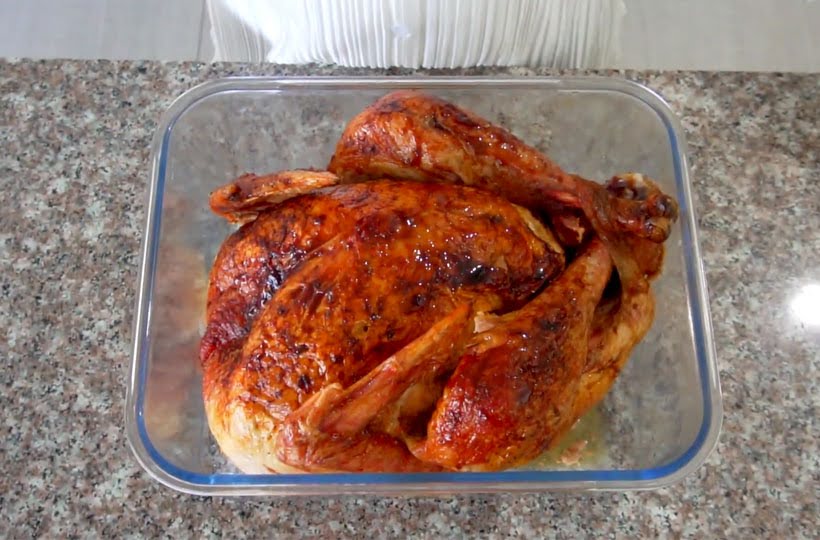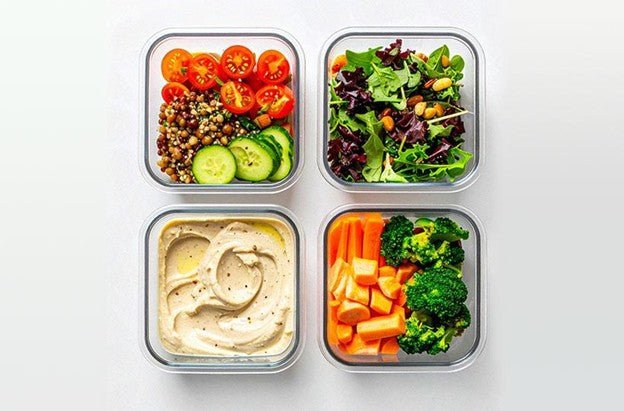The Conflict between Saucepan vs Pot - Determining the Optimal Choice

When making supper have you ever found yourself in the kitchen debating between a pot and a saucepan? These basic kitchen instruments have different roles, despite their apparent similarity and selecting the appropriate one can have a big influence on your food preparation experience. This extensive guide will help you choose the best option for your needs by analyzing the distinctions between pots and saucepans, outlining their unique functions and providing professional suggestions.
What Is a Saucepan?
A saucepan is designed for tasks requiring precision. It has tall sides a narrow base and a long handle. Typically it holds between 1 to 4 quarts of liquid making it ideal for sauces soups and reducing liquids.
Fun Fact
Did you know that the word "saucepan" dates back to the 17th century when it was primarily used to heat sauces and other liquids?
Expert Opinion
"A saucepan is perfect for tasks requiring control over heat distribution such as making delicate sauces or custards" says Melissa Johnson a cooking instructor at the Food preparation Institute of America.
Example
Great for preparing gravies caramel sauces custards or reheating small portions of food.

What Is a Pot?
Pots have two loop handles for easier lifting and carrying, and they are shorter and considerably wider than saucepans. Generally speaking they hold a lot more than saucepans, with capacities ranging from 4 to more than 12 quarts. Pots are ideal for preparing big meals for bulk boiling, simmering, and steaming.
Fun Fact
In Italy large cooking pots are often called "pentola" and they are essential in cooking big batches of pasta or soups for family gatherings.
Expert Opinion
"When it comes to boiling pasta or making hearty stews a pot’s size and shape allow for even heat distribution and the ability to cook large quantities" says Sarah Thompson founder of Kitchen Gear Reviews.
Example
Ideal for cooking large amounts of pasta simmering stews or slow-cooking recipes like chili.

Key Differences Between a Saucepan and a Pot
Size and Shape
-
Saucepan: Taller with a narrow base typically holding 1-4 quarts.
-
Pot: Wider and deeper with a capacity ranging from 4 to 12 quarts or more. Pots are ideal for cooking in bulk.
Fun Fact
Pots have been used for centuries in large communal cooking from ancient Roman cauldrons to modern stainless steel varieties!
Handles and Lids
-
Saucepan: Single long handle for easy pouring and maneuvering. Many come with a lid to lock in moisture and heat.
-
Pot: Two short loop handles that make it easier to carry when full. Pots often come with matching lids for simmering and boiling.

Uses in Cooking
-
Saucepan: Ideal for tasks like reducing sauces and cooking smaller portions. Chef Melissa Johnson explains "The saucepan’s shape is perfect for delicate sauces that require a steady controlled heat."
-
Pot: More versatile and suited for bulk cooking deep-frying or making soups and stews. According to James Avery a food blogger at Cook’s Haven “A pot is your go to for cooking in large quantities or for dishes that require long simmering.”

How to Choose Between a Saucepan and a Pot
Cooking Style Matters
Your cooking style plays a huge role in deciding whether to use a saucepan or a pot. If you're frequently making sauces reheating leftovers or preparing smaller dishes a saucepan is ideal. On the other hand if you often cook in bulk or enjoy hearty meals like stews or pasta then a pot is more suitable.
Expert Tip
Rachel Perez a cookware specialist at Food preparation Concepts says “Your cookware should reflect your cooking habits. For small-batch recipes a saucepan is perfect. For bulk meals pots offer greater capacity and heat distribution.”
Consider Your Recipes
When selecting between a saucepan and a pot think about your most common recipes. Do you often make soups gravies or custards? Opt for a saucepan. Cooking pasta stews or chili for a crowd? A pot is essential.
Storage Space
-
Saucepan: Compact and easier to store.
-
Pot: Takes up more space but is crucial for larger meals. If storage is tight you might consider a smaller saucepan that can do double duty for sauces and smaller portions.
Common Cooking Tasks for Each
Best Tasks for a Saucepan
-
Simmering sauces: Ideal for slowly reducing liquids into a rich sauce.
-
Making hot beverages: A saucepan works perfectly for warming milk or making hot chocolate.
-
Reducing stocks: The tall sides help reduce evaporation while focusing the flavor.

Example
Use a saucepan to prepare a silky béchamel sauce caramel sauce or gravy.
Best Tasks for a Pot
-
Boiling large amounts of pasta: The wide surface area allows the water to boil faster and cook more pasta at once.
-
Slow cooking stews: Ideal for recipes that require long simmering times to develop flavors.
-
Blanching vegetables: Pots are perfect for quickly blanching veggies for freezing or stir frying.
Example
Preparing chili boiling potatoes or slow cooking a beef stew are perfect tasks for a pot.

Maintenance and Care Tips
Cleaning a saucepan
The maintenance of a saucepan is largely determined by its material composition. Nonstick saucepans require gentle cleaning methods to avoid any potential damage whereas stainless steel saucepans necessitate regular polishing. To protect the surface of nonstick saucepans it is essential to refrain from using metal utensils.
Expert Tip
"To avoid warping or damaging the handle never submerge a hot saucepan in cold water" advises Melissa Johnson.
Caring for Your Pot
Due to their large size pots are often used for bulk cooking which means they require thorough cleaning after each use. It is necessary to prevent food from sticking to the bottom by soaking the pot after cooking especially for stainless steel varieties.
Storage Tip
Store your pots upside down to avoid moisture buildup which can lead to rust in some materials like cast iron.
Do You Need Both?
Why Having Both Is a Good Idea
If you cook a variety of dishes having both a saucepan and a pot can add versatility to your kitchen. A saucepan is excellent for smaller precise cooking tasks while a pot gives you the freedom to cook larger meals.
Expert Insight
"A well-balanced kitchen should include both a saucepan and a pot. The saucepan excels in precision while the pot handles volume and heat" says Rachel Perez.
Balancing Your Kitchen
By having both types of cookware you can cook with flexibility from creating gourmet sauces to cooking big family meals without needing to compromise on the cookware.
Fun Fact
Professional chefs often have multiple sizes of both pots and saucepans to handle everything from individual sauces to large scale cooking.

Final Verdict
Both saucepans and pots are invaluable kitchen tools each with its strengths. The key is understanding when to use each. For precision and smaller portions a saucepan is your go to. For versatility and bulk cooking a pot is your kitchen workhorse. Choosing the right one can improve your cooking results and efficiency.
Saucepan or pot both are kitchen essentials with distinct purposes. Whether you are whipping up sauces or cooking a family meal, choosing the right one for the job can make all the difference in your kitchen. So what is your next recipe calling for a saucepan or a pot?






Leave a comment